Baseball Gloves & Mitts
Popular Baseball Gloves & Mitts
See more Popular Baseball Gloves & Mitts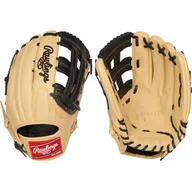
Rawlings Gold Glove Elite
55 Available
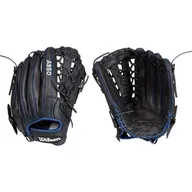
Wilson A950
16 Available

Rawlings Pro Preferred
171 Available
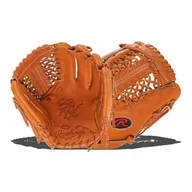
Rawlings Heart of the Hide
742 Available

Wilson A2000
1019 Available
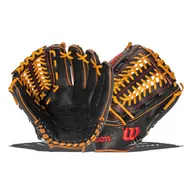
Wilson A2K
230 Available
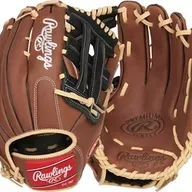
Rawlings Premium Series
46 Available

Rawlings Highlight Series
73 Available

Rawlings Renegade
122 Available
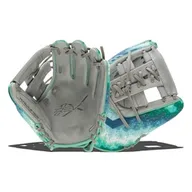
Rawlings REV1X
127 Available
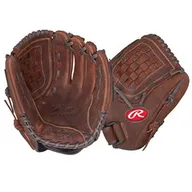
Rawlings Player Preferred
42 Available

Wilson A2000 1786
69 Available
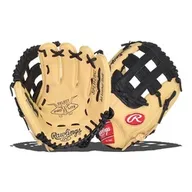
Rawlings Select Pro Lite
65 Available
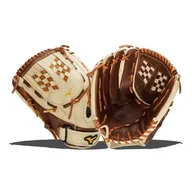
Mizuno Classic Pro
10 Available

Rawlings R9
119 Available
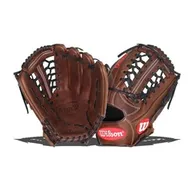
Wilson A1000
90 Available
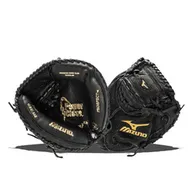
Mizuno Prospect
61 Available

Mizuno Pro
78 Available
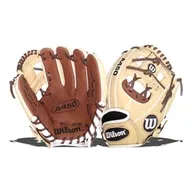
Wilson A450
28 Available

Mizuno Franchise
24 Available
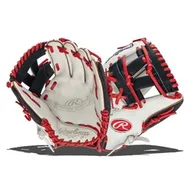
Rawlings Mark of a Pro
23 Available

Wilson A900
26 Available

Wilson A700
26 Available
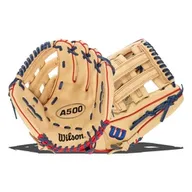
Wilson A500
83 Available

Rawlings Playmaker Series
38 Available
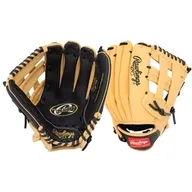
Rawlings Player series
115 Available

Rawlings Sure Catch
81 Available

Franklin Fieldmaster
55 Available
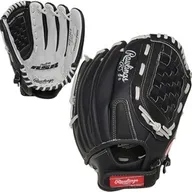
Rawlings RSB
41 Available
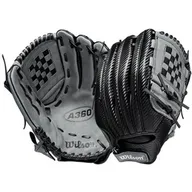
Wilson A360
75 Available

Franklin RTP
73 Available
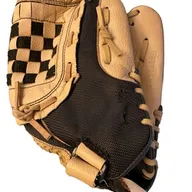
Adidas Easy Close
26 Available

Rawlings Storm
17 Available
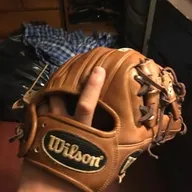
Wilson A200
32 Available

Rawlings 44
12 Available
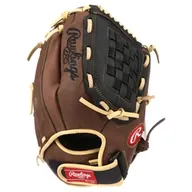
Rawlings Rbg36
11 Available
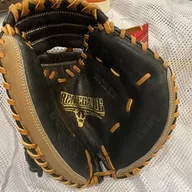
Rawlings RCMYB
6 Available

Rawlings Savage
10 Available

Rawlings RFM25MM
6 Available

Wilson A300
8 Available

Rawlings Alex Rodriguez Autograph model
7 Available
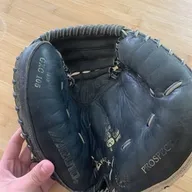
Mizuno GXC
5 Available

Wilson A350
11 Available

Rawlings Bull Series
5 Available
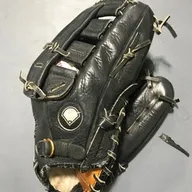
Nike Diamond Ready
9 Available
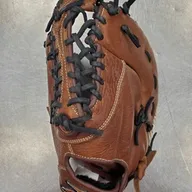
Mizuno MVP
18 Available
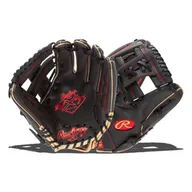
Rawlings NXT
22 Available

Wilson A2452
5 Available

Rawlings Fastback
6 Available
Trending Baseball Gloves
See more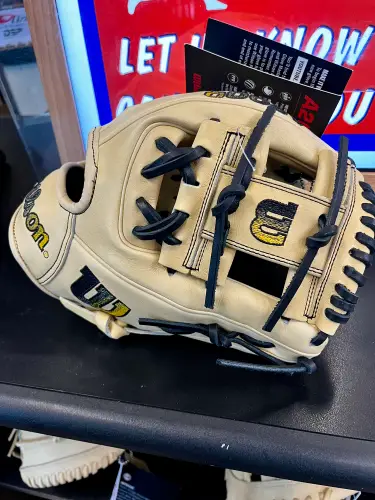
ProtechProducts
NEW/BLEMMED 2023 Wilson A2000 1786 11.5" Infield Glove RHT WBW100969115 ►2-DAY SHIP◄
$180
Retail price: $300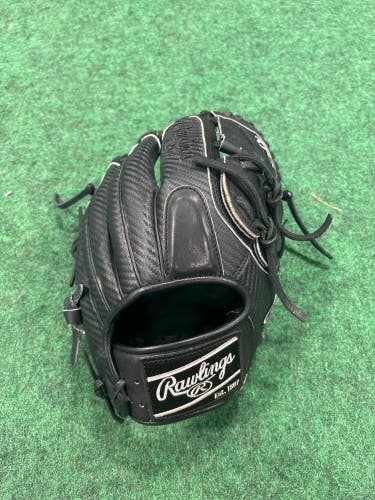
NE_Resellah
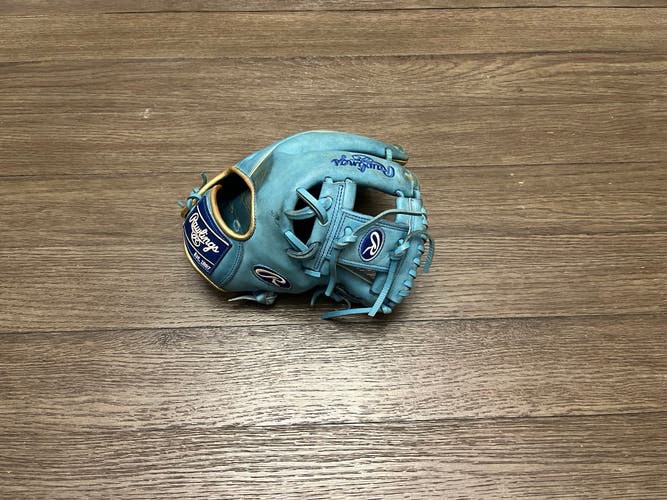
Clubhousegloves
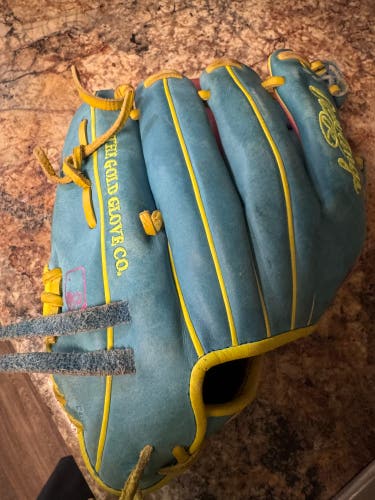
Brody_3rdbase

StormBreaker213
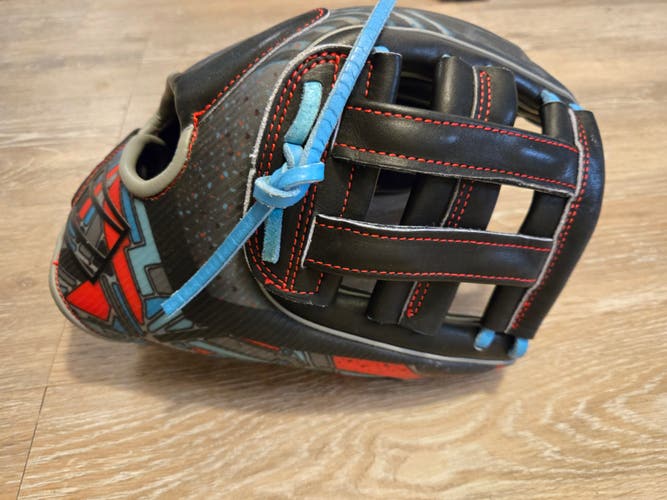
Bries17
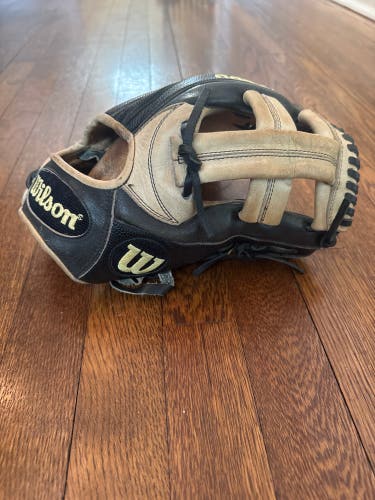
mbonagura23
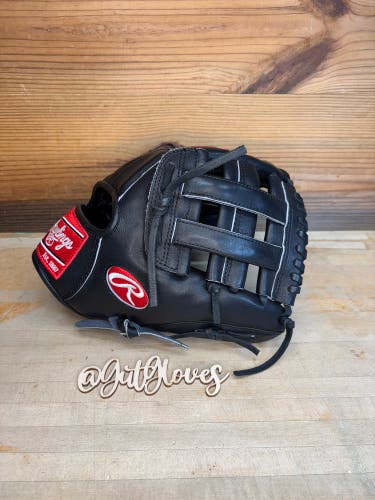
GutGloves
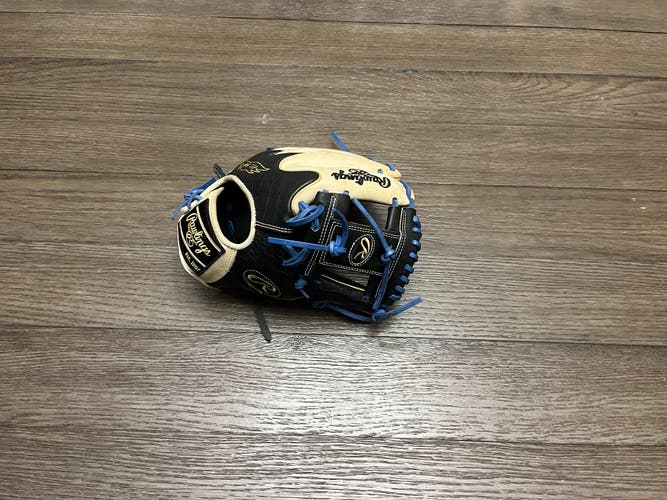
Clubhousegloves

Clubhousegloves
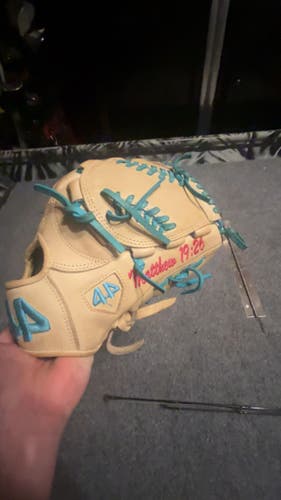
aidenzalonis
2024 44 Pro Right Hand Throw Pitcher's Signature Series Baseball Glove 11.75" (Used)
$185
Retail price: $250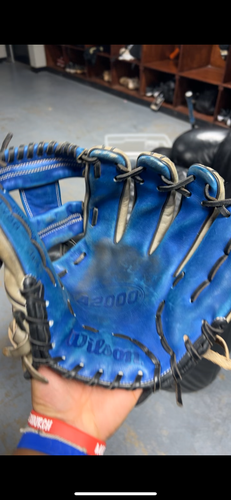
kisgear
Shop by Glove Position
InfieldOutfieldCatcherFirst BasePitcher
1,566 Results
Related Searches
Category
Throwing Hand
Age Group
Brand
Rawlings Baseball Gloves & MittsWilson Baseball Gloves & MittsMizuno Baseball Gloves & MittsFranklin Baseball Gloves & MittsEaston Baseball Gloves & MittsOther Baseball Gloves & MittsLouisville Slugger Baseball Gloves & MittsAdidas Baseball Gloves & MittsNike Baseball Gloves & MittsBaseball Gloves & MittsOrange Baseball Gloves & Mitts
Glove Position
Color
Size
11.5" Baseball Gloves & Mitts10" Baseball Gloves & Mitts12" Baseball Gloves & Mitts12.5" Baseball Gloves & Mitts11" Baseball Gloves & Mitts13" Baseball Gloves & Mitts9" Baseball Gloves & Mitts9.5" Baseball Gloves & Mitts11.75" Baseball Gloves & Mitts14" Baseball Gloves & Mitts32" Baseball Gloves & Mitts12.75" Baseball Gloves & Mitts11.25" Baseball Gloves & Mitts33" Baseball Gloves & Mitts12.25" Baseball Gloves & Mitts8" Baseball Gloves & Mitts31.5" Baseball Gloves & MittsUnknown Baseball Gloves & Mitts32.5" Baseball Gloves & Mitts































